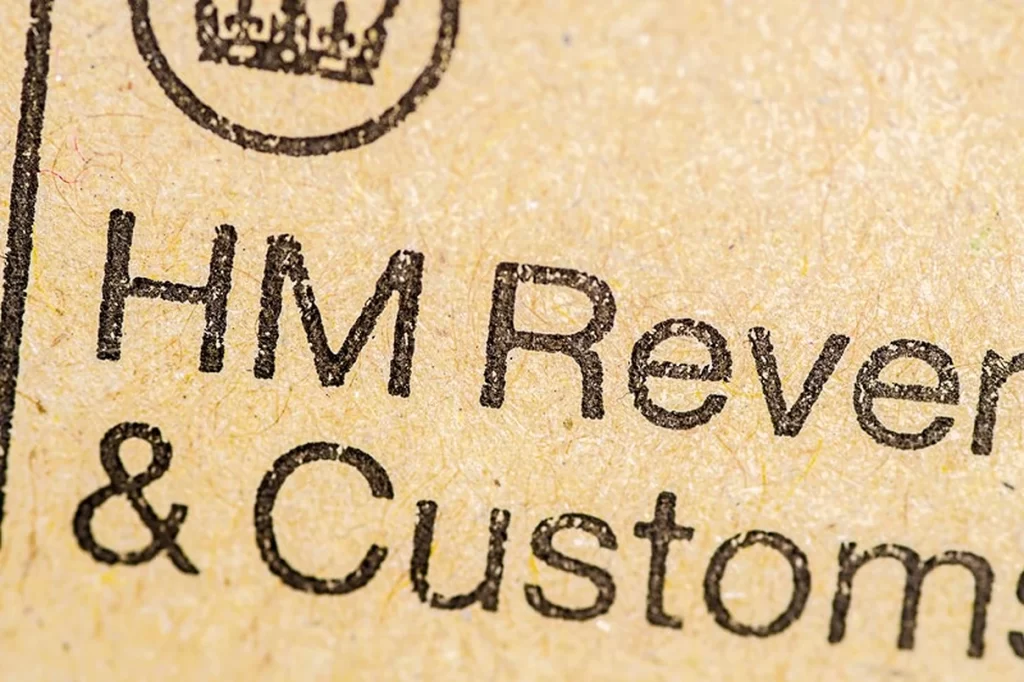As cryptocurrencies continue to reshape the landscape of global finance, a steadily increasing number of people are seeking ways to tap into this burgeoning digital economy. For UK-based investors, understanding which exchanges are most suitable is paramount to success.
With the plethora of options available, this article aims to highlight the three best crypto exchanges in the UK, detailing their standout features, security protocols, and suitability for various types of investors.
1. Binance
Arguably the most popular cryptocurrency exchange worldwide, Binance has also established a substantial user base in the UK. Its comprehensive platform offers an array of features that caters to both novices and seasoned traders.
Breadth and Depth of Market: Binance offers over 500 cryptocurrencies for trading, including Bitcoin, Ethereum, and Binance Coin (BNB), its native cryptocurrency. It also provides a plethora of trading options, including spot trading, futures contracts, and leveraged tokens.
User-friendly Interface: With its intuitive user interface, Binance caters well to beginners. For more experienced traders, its advanced charting tools offer an opportunity to conduct sophisticated technical analyses.
Security: Binance employs state-of-the-art security measures, including multi-factor authentication and an advanced risk control system. It also operates an insurance fund named SAFU (Secure Asset Fund for Users), providing an extra layer of protection.
Educational Resources: For beginners, Binance offers an extensive learning platform, Binance Academy, packed with articles, videos, and quizzes covering the basics of blockchain and cryptocurrencies.
2. Kraken
Since its inception in 2011, Kraken has become one of the most reliable and secure digital currency exchanges globally. Its top-tier liquidity and extensive range of cryptocurrencies make it an excellent choice for UK investors.
Trading Options and Currency Pairs: Kraken provides over 50 cryptocurrencies for trading and several fiat currency pairings, including GBP. It supports various trading types, such as spot, futures, and margin trading.
Security: Known for its emphasis on security, Kraken has never been breached since it started operations. It deploys robust security protocols such as two-factor authentication, encryption, and cold storage for funds.
Transparency: A distinguishing feature of Kraken is its commitment to transparency. It was one of the first exchanges to provide proof-of-reserves audits, ensuring customer deposits are properly backed.
User Support: Kraken offers excellent customer support, including live chat and a comprehensive FAQ section. It also features a beginner-friendly guide on its platform.
3. eToro
eToro’s unique proposition lies in its fusion of traditional financial trading and the cryptocurrency market. This social trading platform allows UK investors to trade cryptocurrencies while leveraging the insights and strategies of other successful traders.
Social Trading: Users can mimic trades made by experienced traders through eToro’s “CopyTrading” feature. This function is particularly useful for beginners looking to learn from seasoned investors.
Selection of Cryptocurrencies: While eToro doesn’t offer the vast number of cryptocurrencies like Binance or Kraken, it does provide a selection of the most popular ones, such as Bitcoin, Ethereum, and Litecoin.
Ease of Use: eToro’s user interface is clean and simple to navigate, making it ideal for novice traders. The platform also allows trading in stocks and commodities, offering users a gateway to more traditional markets.
Regulated Platform: eToro is regulated by the Financial Conduct Authority (FCA) in the UK, which enhances its credibility and reliability for users.
Summary
In conclusion, while Binance, Kraken, and eToro all offer strong features, the best choice when it comes to crypto exchanges in the United Kingdom depends on individual needs. If you’re a beginner, the comprehensive educational resources and user-friendly interface of Binance, or the social trading aspect of eToro, might appeal to you.
For seasoned traders, the advanced features and depth of cryptocurrencies offered by Binance and Kraken are likely more attractive. Remember, in the world of cryptocurrencies, due diligence and research are your best allies.










